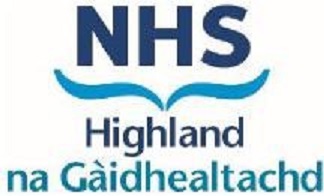Guide to using Easy Read information
Things to think about first:
Check what the Communication Needs of the person you are supporting to see if Easy Read is appropriate.
Is Easy Read the best way to put across your message? For example would a demonstration be better?
- Using the Easy Read information.
The person you are supporting may read the information once or may need to keep the information to refer to again.
(E.g. during an appointment that involves treatment or information about the Ward).
- The person you are supporting may be unable to read the information independently.
Read the information through with them.
- The information may still be too complicated for them. If it is too complicated:
- Is Easy Read suitable for them?
- Contact the Speech & Language Therapy Learning Disabilities team for further advice.
- Allow the person time to go through the information at their own pace.A brief guide to using Easy Read information.
- Break the information down in to manageable chunks for the person you support.
- Do not add any extra words or information.
- Use the pictures / photos to see if the person you are supporting is following or understands the information.
Ask questions like:
- Who do you think that is?
- What is happening in that photo?
- What happens next?
- What is the person / doctor / nurse doing now?
Accessible Information Request form
Before making your referral foraccessible information, think about:
- What do you want to tell people?
- How complex is the information?
- Can the information be broken down into the relevant and important points?
- If you are adapting existing information into Easy Read – please be aware it will have text with pictorial support. This can make it considerably longer than the original.
Waiting times
To source existing accessible information -1 week.
To create new accessible information - Approximately 2 months from time of request to completion.
This can vary depending on the complexity of the information, availability of photographer etc.
Printing - We can provide you with an electronic master copy. However any printing is the responsibility of the person making the request.
Distribution and keeping information
Distribution is the responsibility of the person making the request for work. The Accessible Information Officer will keep any accessible information created in an electronic format. It may be put onto the NHS Highland intranet for use by NHSH Learning Disabilities services and shared with other NHS Trusts.
Reason for not accepting any requests for accessible information:
It is not an appropriate referral.
There may be existing accessible information or the request is for an individual.
If it is for an individual person then please refer to appropriate
Speech & Language Therapy Team.
Contact details:
Accessible Information Officer, Adult Learning Disability Team, Drumossie Unit, New Craigs, Inverness, IV3 8NP, 01463 704000 EXT: 2279
Link to form can be accessed here
